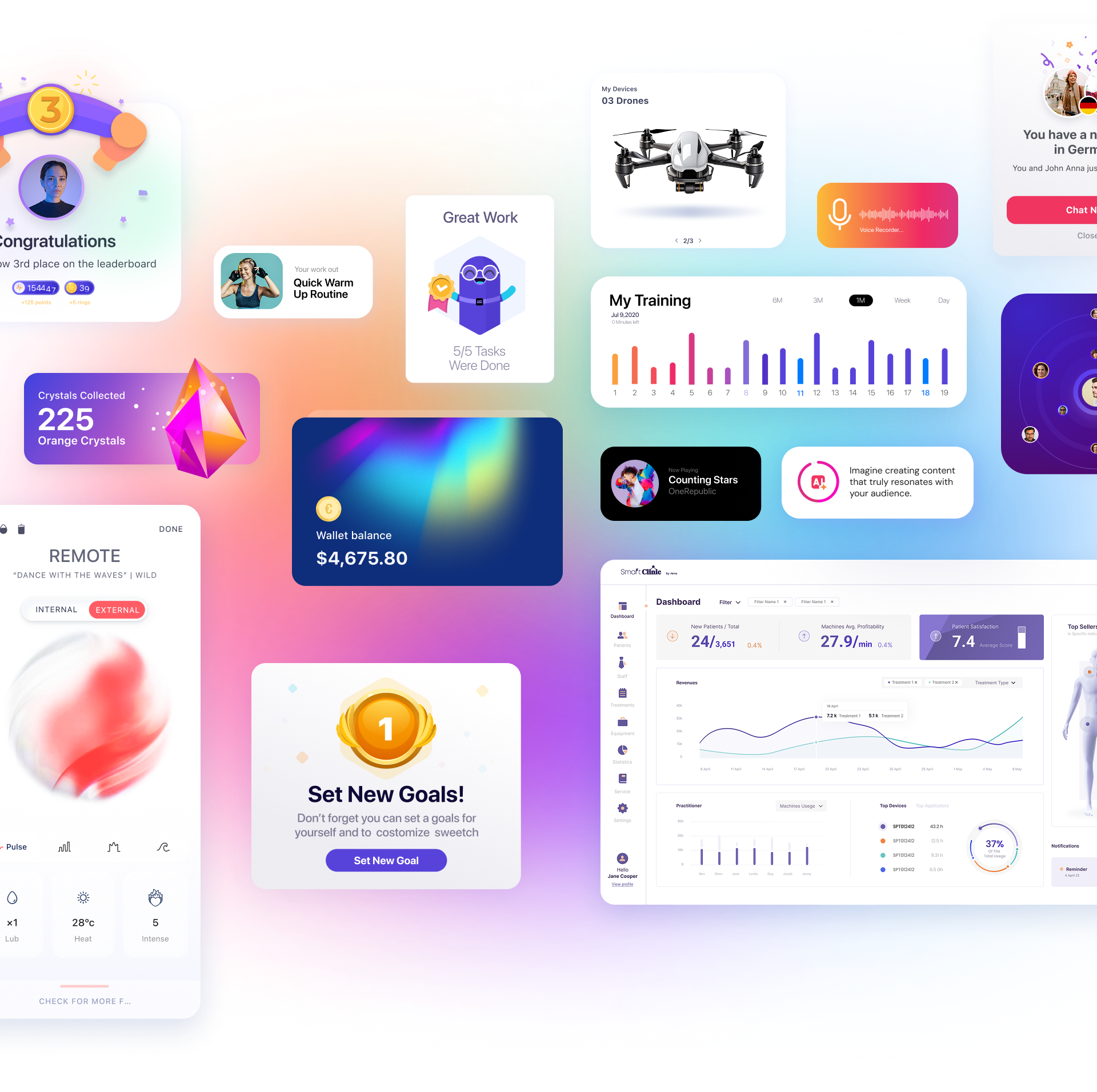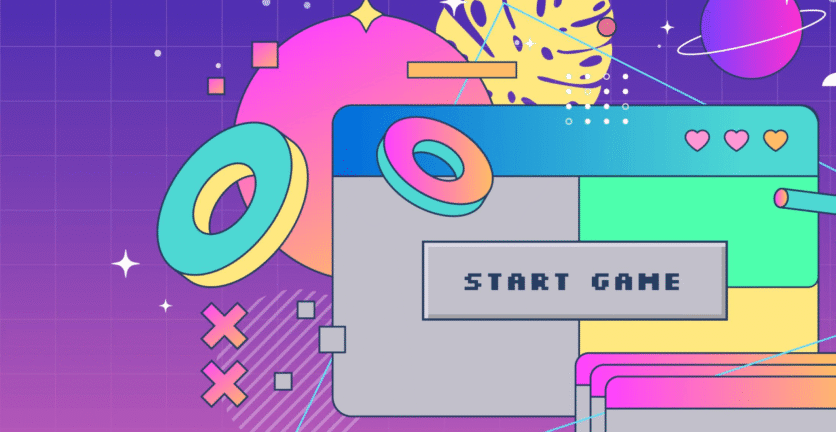The dashboard of a smart car represents the forefront of automotive innovation, blending advanced technology with user-centered design that is transforming the way drivers interact with their vehicles. However, creating these sophisticated interfaces is far from simple. Designers and product managers alike face a series of complex user experience (UX) challenges to ensure these dashboards are not only feature-rich but also safe, user-friendly, and enjoyable for drivers of all backgrounds. From minimizing driver distraction to achieving seamless smartphone integration, the road to the perfect smart car dashboard is paved with obstacles that demand inventive solutions and visionary thinking. In this article, we explore the ten most urgent UX challenges in designing a smart car dashboard and examine the potential for innovation in this complex world.
What’s on the Market Today?
As we delve into the world of smart cars, the fusion of technology and automotive design has never been more apparent. Today’s market is full of innovative dashboard designs that push the boundaries of user experience (UX). From minimalist touchscreens to customizable digital instrument clusters, automakers are focusing not just on aesthetics but also on how these interfaces enhance safety, efficiency, and the personal connection with the vehicle. Innovations such as voice control assistants, real-time adaptive displays, and seamless mobile integration are setting new standards. Let’s get to know some of the dashboards currently on the market:
- Tesla Model S/X/3/Y: Tesla’s approach to dashboard design is minimalist, centered around a large touchscreen interface. This design choice highlights the challenge of minimizing driver distraction while providing intuitive access to a wide range of functions, from navigation to vehicle settings. Tesla’s software is also constantly updated, demonstrating how dashboards can evolve over time to meet new user needs and integrate advanced technologies.
- Mercedes-Benz MBUX: The MBUX system stands out for its voice control capabilities, the “Hey Mercedes” assistant, and its ability to learn driver habits. This addresses the challenge of integrating effective voice control and personalization into the car’s UX, offering a more intuitive and interactive experience.
- Audi Virtual Cockpit: Audi’s Virtual Cockpit is a fully digital instrument cluster that replaces traditional dials. It offers customizable information displays, Google Earth imagery for navigation, and detailed vehicle data. This innovation tackles the challenge of managing information overload by allowing drivers to tailor the dashboard display to their preferences and needs.
- Ford Mustang Mach-E SYNC 4A: The SYNC 4A system in the Mustang Mach-E features a large vertical touchscreen with cloud-connected navigation, voice recognition, and customizable profiles. This demonstrates the challenges of seamless mobile device integration and the importance of designing for contextual awareness, with features that adapt to driving habits and preferences.
- Volvo XC40 Recharge with Google Android Interface: The Volvo XC40 Recharge integrates an infotainment system powered by Google’s Android OS, offering Google Maps, Google Assistant, and access to the Google Play Store directly from the dashboard. This addresses the challenge of ensuring real-time performance and seamless integration with mobile devices and apps, setting a precedent for collaboration between car and tech companies.
UX Design for Smart Car Dashboards: Ten Key Challenges
Designing UX for smart car dashboards presents a unique set of challenges that require careful consideration and innovative solutions. Here are ten UX challenges in designing a smart car dashboard, highlighting the complexity and importance of user experience in the automotive industry:
- Minimizing Driver Distraction: The primary challenge is designing interfaces that provide necessary information and functionality without diverting attention from the road. Balancing information accessibility with safety is crucial.
- Ensuring Accessibility for All Drivers: Dashboards must be universally accessible, serving drivers of all ages and abilities. This includes addressing visual, auditory, and physical impairments in the design process.
- Adapting to Diverse User Behaviors: Drivers have varied preferences and habits. Designing an intuitive dashboard for a wide range of users, from tech-savvy individuals to those less comfortable with technology, is a significant challenge.
- Integrating Voice Control Effectively: While voice control can reduce physical distractions, ensuring it works accurately in different conditions (such as road noise or disruptions) is challenging. The system must understand and process commands efficiently to be truly useful.
- Managing Information Overload: Smart dashboards can display vast amounts of data, from navigation to vehicle status. Organizing this information without overwhelming the driver requires thoughtful UI/UX strategies.
- Ensuring Real-Time Performance: Dashboard interfaces must operate in real time with minimal latency. Delays in displaying critical information (such as collision warnings) can compromise safety.
- Contextual Awareness and Real-Time Adaptation: Smart dashboards need to adapt to changing contexts, such as driving conditions, weather, and driver state. Creating a system that intelligently adjusts what it displays based on context is complex.
- Balancing Personalization with Privacy: While personalization can enhance the driving experience, it raises privacy concerns. Designing a system that offers customization while safeguarding user data is a central challenge.
- Seamless Integration with Mobile Devices: Many drivers expect to connect their smartphones to their car dashboards. Designing interfaces that integrate smoothly with a variety of devices and platforms is essential.
- Future-Proofing the Design: The automotive industry is evolving rapidly, especially with the rise of autonomous driving technologies. Designing dashboards that can adapt to future advancements and remain relevant is a significant challenge.
As we navigate the complexities of designing user experiences for smart car dashboards, it becomes clear that the journey is as intricate as it is innovative. Each challenge presents an opportunity to push the boundaries of what’s possible, blending technology with human-centered design to create safer, more intuitive, and more engaging driving experiences. The future of automotive UX lies in our ability to adapt, innovate, and empathize with the end user, ensuring that every advancement enhances both the joy and safety of driving. As designers and product managers in this dynamic field, our mission extends beyond solving today’s challenges; it’s about anticipating the needs of tomorrow’s drivers and crafting experiences that make every journey unforgettable. In doing so, we’re not just designing dashboards—we’re reimagining the future of mobility itself.





 Book a Call
Book a Call





